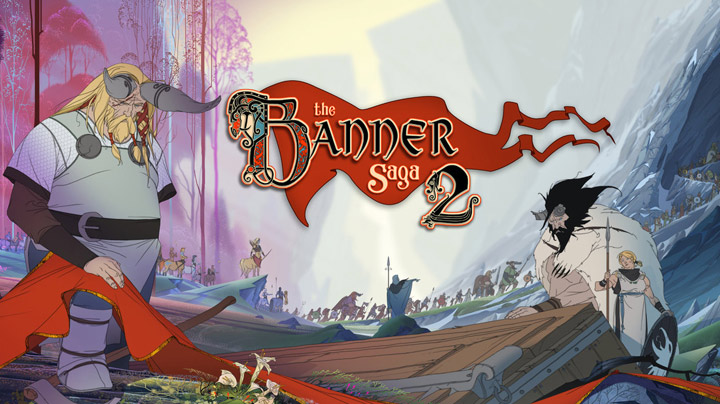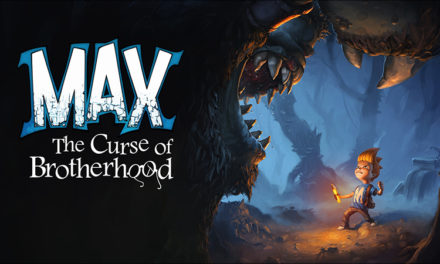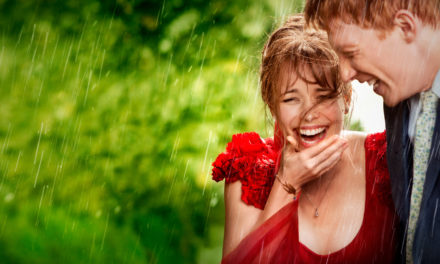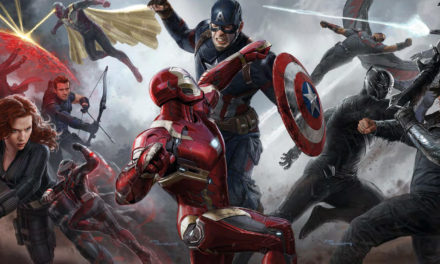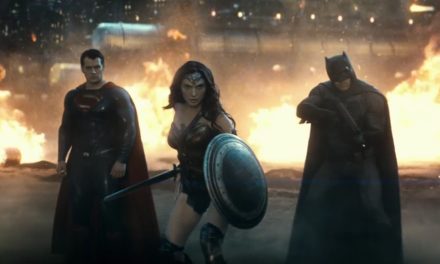Quick Look
- 1960s Disney-era art style
- Intensely tactical combat
- Weighty system of choices
- Incomplete story
- Failure to provide backstory
- Unforgiving to bad choices
The Story
Wistful. Melancholy. Hopeless. The Banner Saga 2 begins after your chosen protagonist (either the huntsman, Rook, or his daughter, Alette) survives a brutal battle and a great loss. In fact, the opening scene occurs moments after the conclusion of the first game.
Similarly, this game ends without a full conclusion, guaranteeing a third entry. That’s probably my lone disappointment. As someone who plays games for the story, jumping into the middle of a series is something I prefer to avoid. But when I do ignore my own rule, I still expect a game to establish itself with an opening and conclude itself with an ending—that’s the writer in me, I guess.
(While it is highly recommended that you play the first game before this one, it’s hardly necessary. I jumped right in with no prior experience or knowledge; while the learning curve was a bit steep, I caught on quickly.)
As already mentioned, the tone in The Banner Saga games is a palpable thing. The world crumbled around my band: ruptures tore the earth apart; a giant, world-eating serpent roamed the land; monsters spread far and wide to escape a rising darkness. Even worse, nobody understood the doom that slowly devoured everything, and my only goal was to get those under my care to a safe haven.
Survival is key here, as is choice and consequence. In many respects, The Banner Saga hearkens back to the days of Oregon Trail. No matter what you do, people will die. You’ll fail, and some friend will go off and get themselves (or a few dozen members of your band) killed. The series focuses on community, and character choice affects morale, the size of the community, and the number of warriors available. And, of course, each factor affects the others.

Can’t have it be too easy, after all.
Game Play
The characters that join the protagonist create a pretty interesting group. But, like any family, they fight and disagree and make stupid choices, leaving the player-character to scramble and minimize the damage. From gigantic horned Varl to warlike horseborn, a number of races (none of whom like or trust the others) come together in their efforts to survive. Additionally, each character type brings something unique to the combat encounters, making it impossible to perfectly prepare for any instance.
Combat is the jelly to the decision-making’s peanut butter. Movement through the world is automatic except for popup text boxes, but the battle screen is more of a new experience than a mini-game. Each encounter allows up to six fighters (I recommend using all six slots every time), and I quickly learned the importance of diversifying the types of combatants I brought along. After choosing my fighters, leveling them up, and choosing equipment, the combat screen opens to show just how bleak things are. Enemies always outnumbered my force, which required me to strategically place my characters pre-battle.

Once the fighting starts, the game becomes a chess match. Each character gets two actions: movement, then attack/ability. Pairing up abilities saved me pretty regularly (a focused attack from a Warmaster will sunder armor, allowing for a distant Eagle Eye to fire a high-damage killing shot), and pulling off a comeback (or just winning a battle) provided an instant rush.
That rush can be addicting, though. I stayed up until 3 AM every night, and at least two or three hours of each session consisted of, “Okay, five more minutes…”
The Banner Saga 2 aimed for a very niche style, and boy did they nail it. Dialogue and decisions are made in a text-only format, which seemed old-school but quickly became endearing. The music is appropriate to the Viking-style tone of the world, and the sound effects (and snippets of voice work) were infrequent but perfect in adding tension.

Visuals
Last, but not least, are the stunning visuals. I’ve seen comparisons to the work of Ralph Bakshi in the 1970s, but I looked at the game and saw early-era Disney. It’s clear that the game took inspiration from sources like The Sword in the Stone (one of my personal favorites) and Sleeping Beauty, and the contrast to today’s hyper-realism blew me away.
The game stands out, and the degree of excellence means it also stands tall; that’s a winning combination.
In a Nutshell
Despite all of the mechanical complexities, The Banner Saga 2 remains a moving (and addicting) experience. Everything about the game screams “niche art”—a much-needed throwback to styles and genres long outdated—and I can only hope that the series’ success ensures a resurgence of these things. The tactical combat, choice-and-consequence framework, and artistic stylings created a unique and beautiful package that I can’t stop thinking about.

